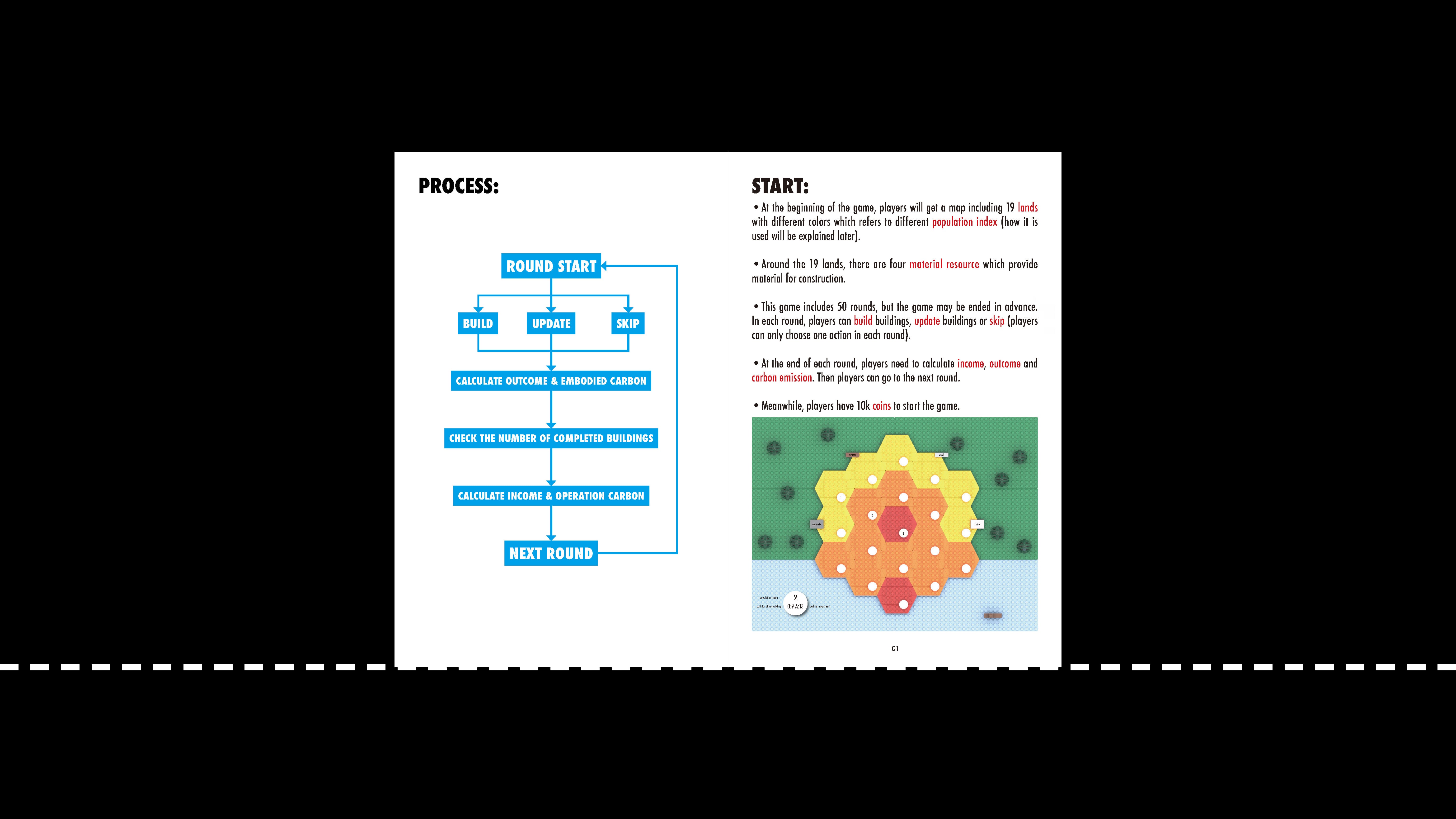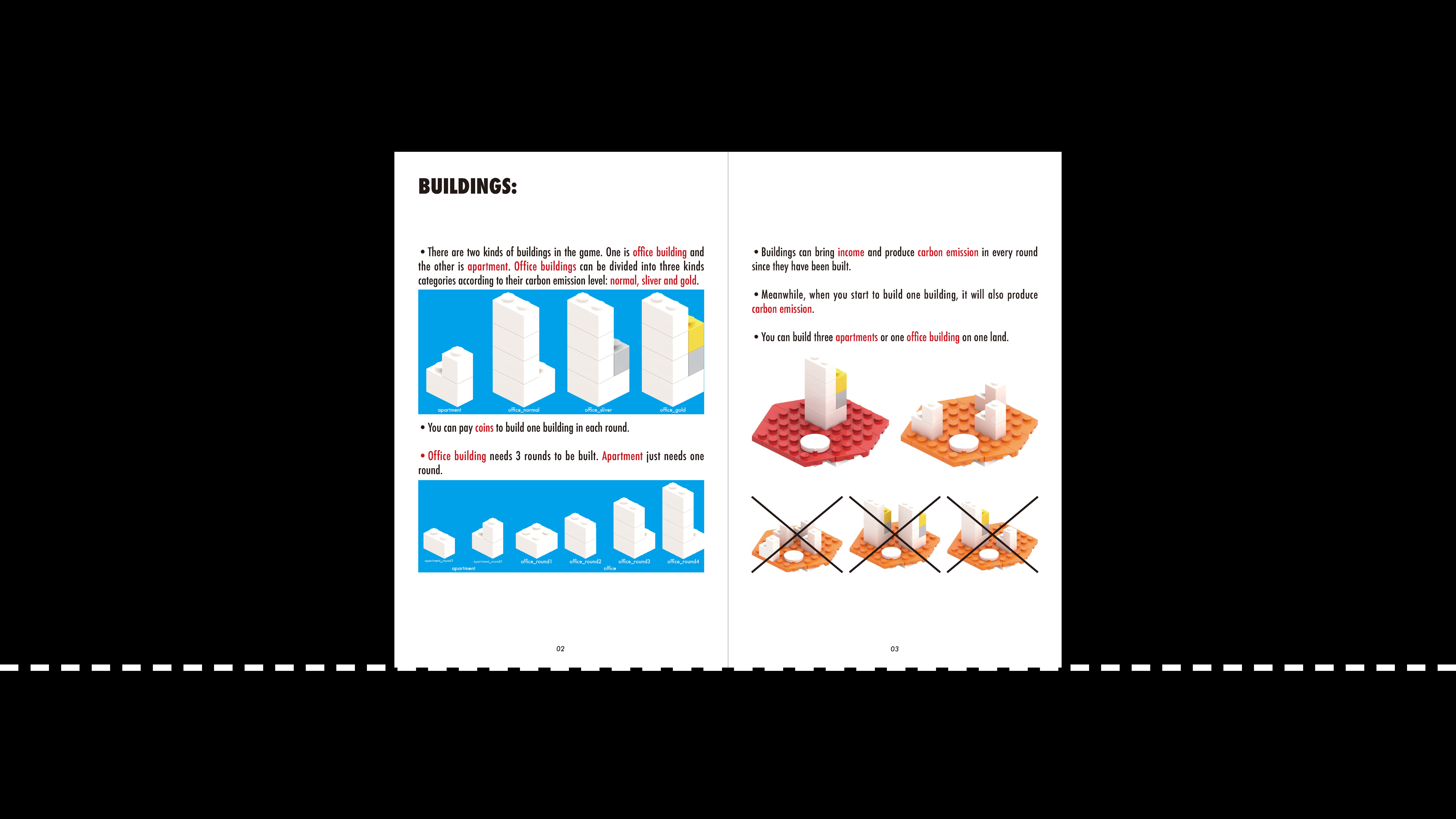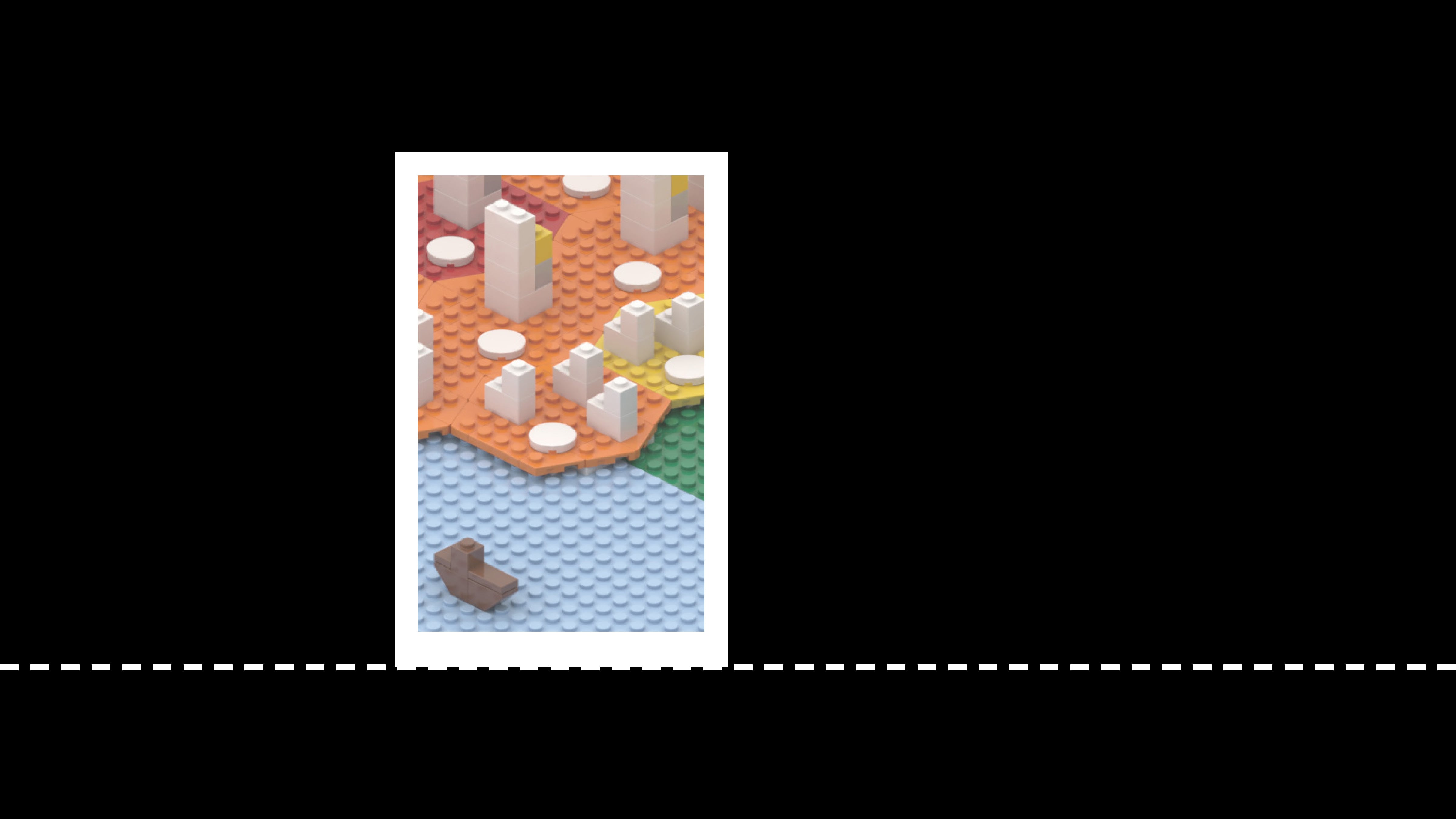Green Journey
Haojun Wang
One of the most pressing environmental problems we are facing now is climate change. Sea levels rising is one of the problems caused by global warming. And reducing energy consumption is an important part of addressing climate change.
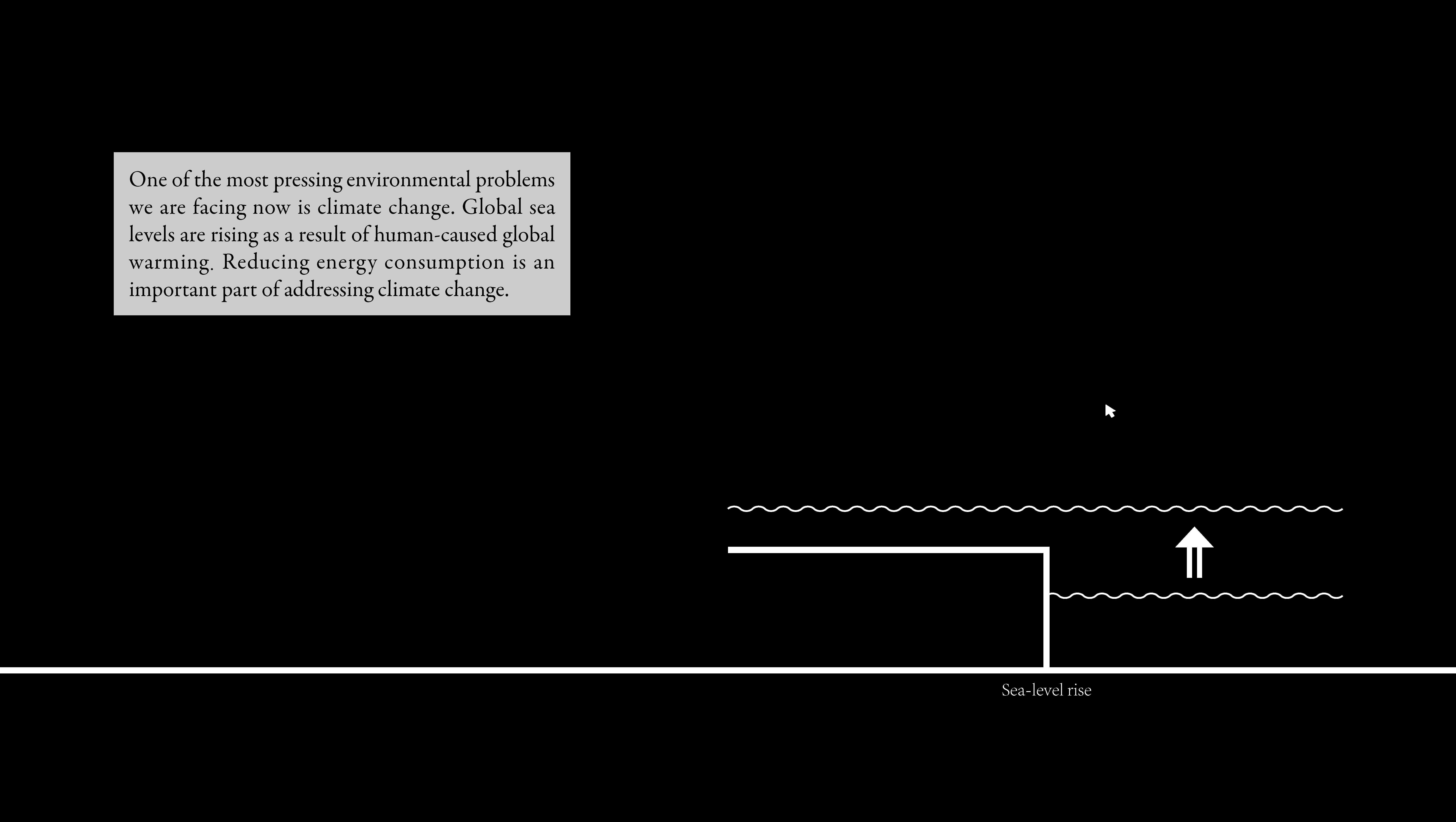
Buildings are responsible for a significant portion of global energy consumption. According to the International Energy Agency (IEA), buildings account for nearly 40% of global carbon dioxide (CO2) emissions. Improving the energy efficiency of buildings is therefore a crucial component in reducing global energy consumption and combating climate change.
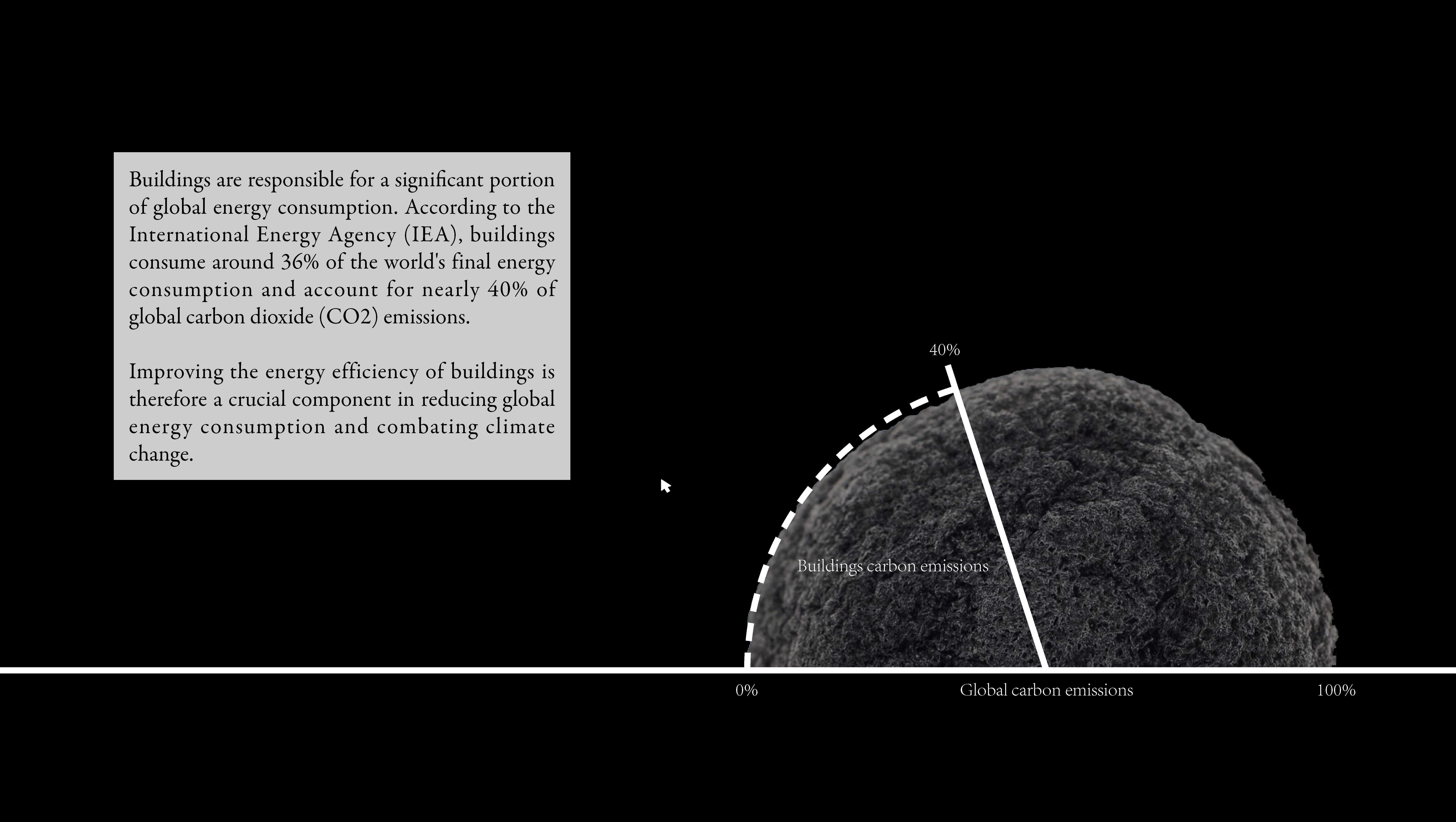
Many cities in the world are on the green journey. For example, New York City has introduced a number of laws and programs in place to improve building energy efficiency. Local Law 97 is one of the most ambitious plans. The goal of this law is to reduce the emissions produced by buildings. Buildings that break the law will pay the penalty according to their excess emissions. However, in this case, companies are faced with a choice whether to spend the money on upgrades or pay a fine.
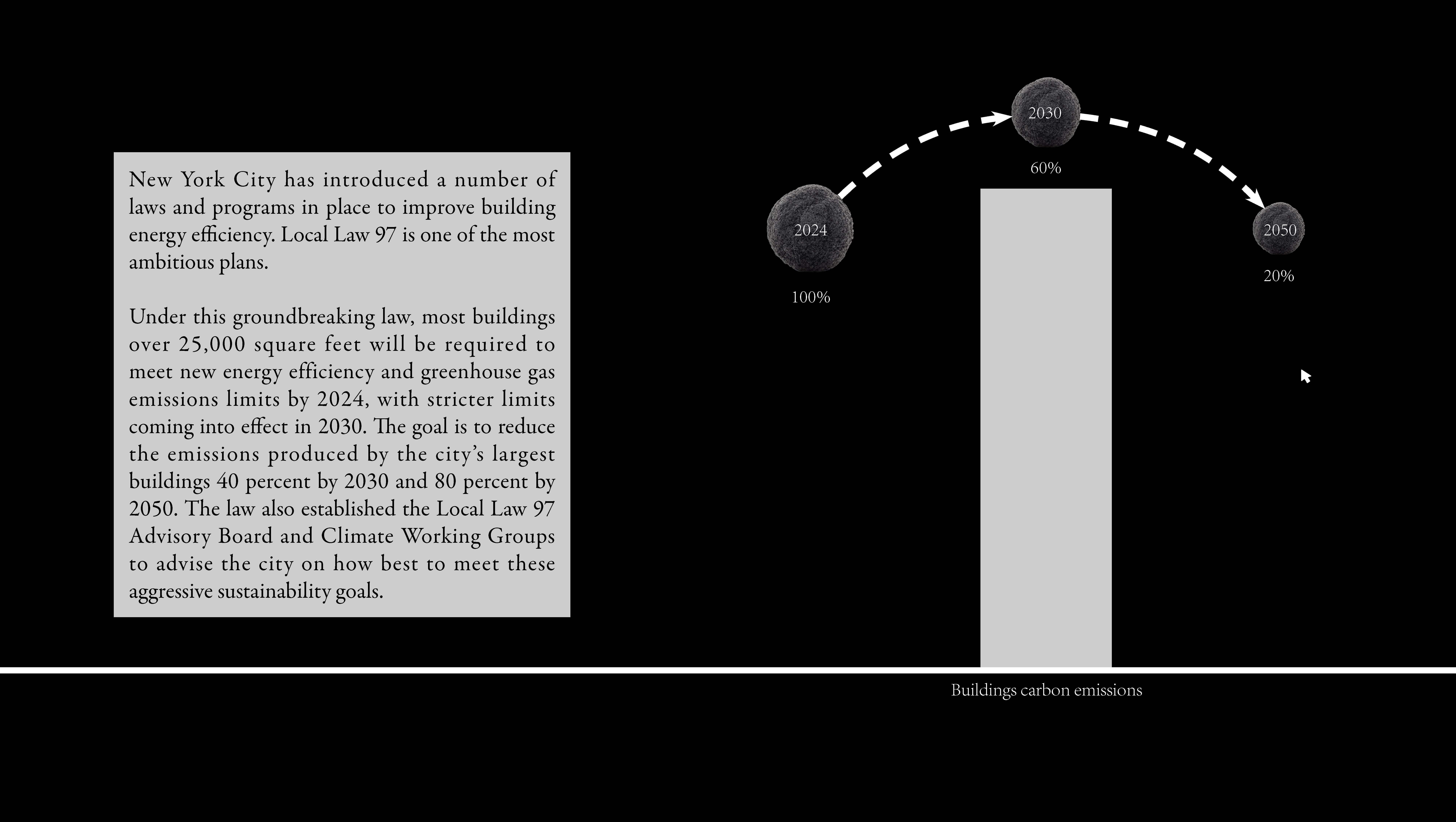
Local Law 97 requires people to pay attention to visible energy consumption which is called operation energy. Why I call it visible, for it can be measured easily everyday. However, there is a lager portion of buildings energy consumption which is invisible, called embodied energy. Its measurement is very complex, for it contains too much content. It is usually invisible for the public. But it cannot be ignored because embodied energy account for between 14% and 28% of its total carbon emissions over a 60-year lifespan.

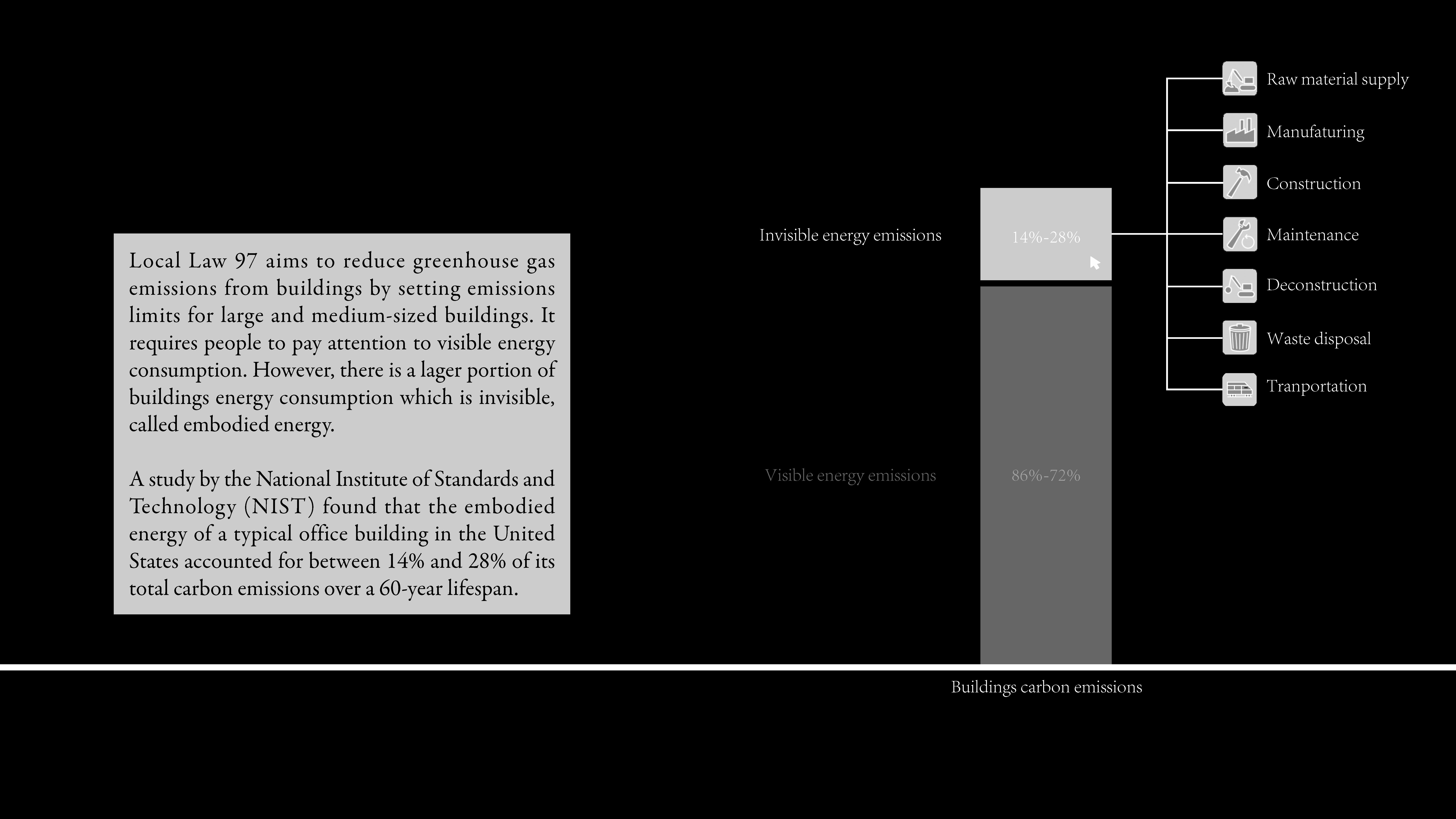
Embodied energy may be unfamiliar to most people. So I will take the Seagram Building as an example to illustrate it in details. One building’s embodied carbon largely depends on the composition of the material. Different materials require different amount of energy for manufacturing, maintenance and deconstruction and so on. This page shows the material composition of the Seagram Building, which is important for calculation of its embodied carbon.
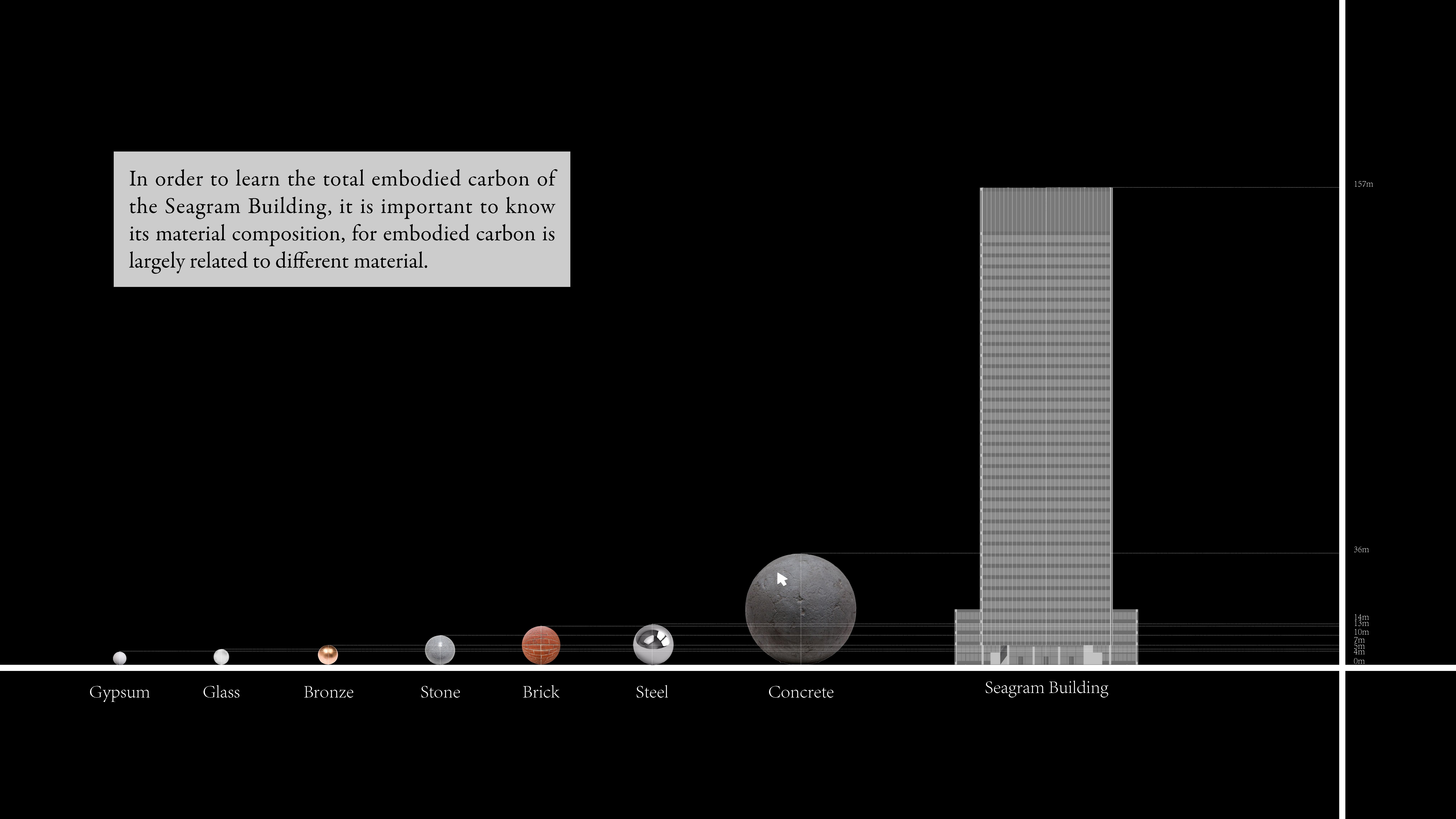
Based on the inventory of carbon and energy (ICE) made by the university of Bath, this is the embodied carbon of the Seagram Building. From these visualizations, we can learn that some materials are only used in small quantities but they can still produce a lot embodied carbon, such as bronze.

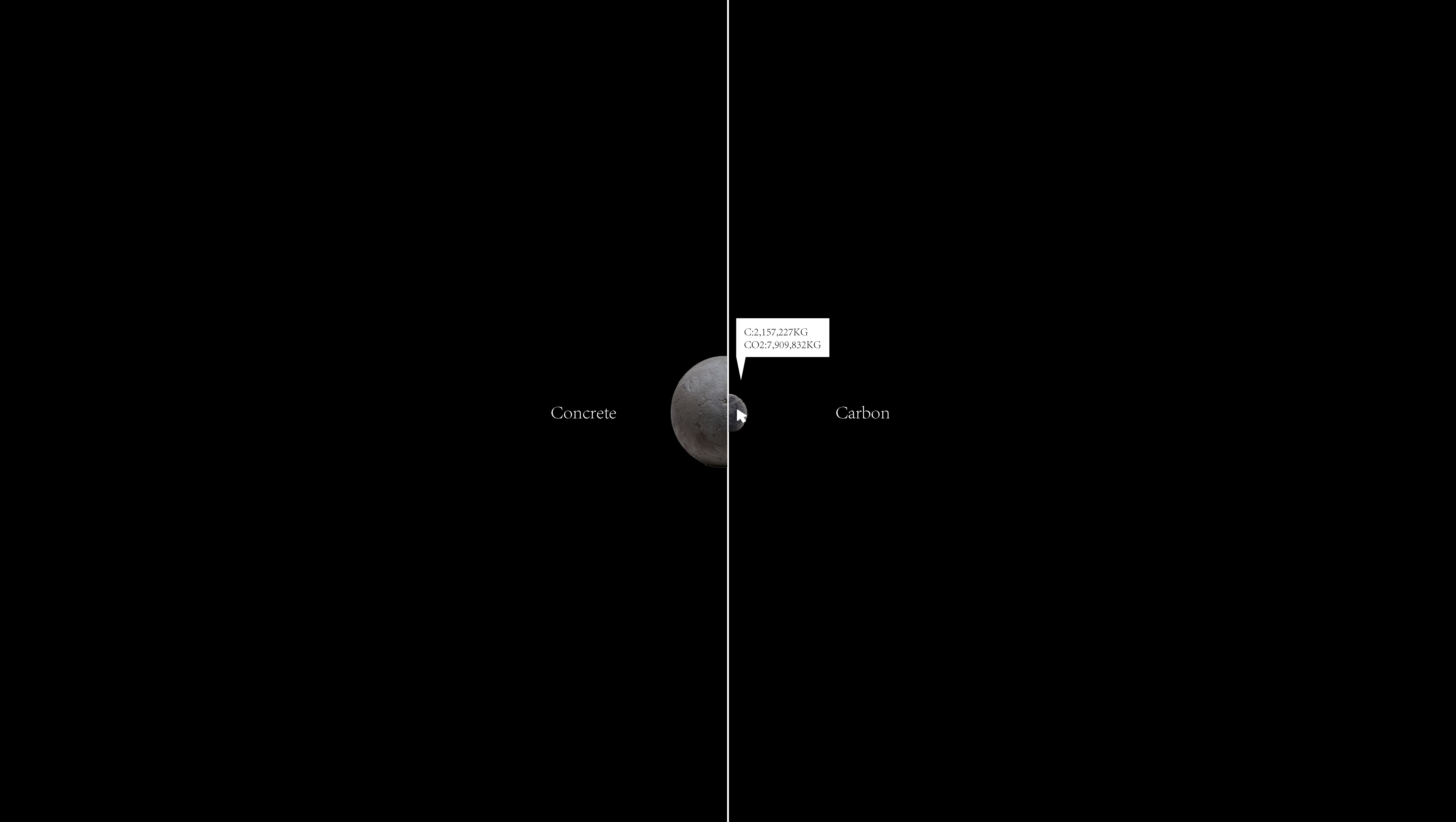






Achieving sustainable is an extremely complex process, because it is related to several different fields, such as laws, embodied carbon and so on. It is hard for the public especially some teenagers to have a whole view of this process in a short time.
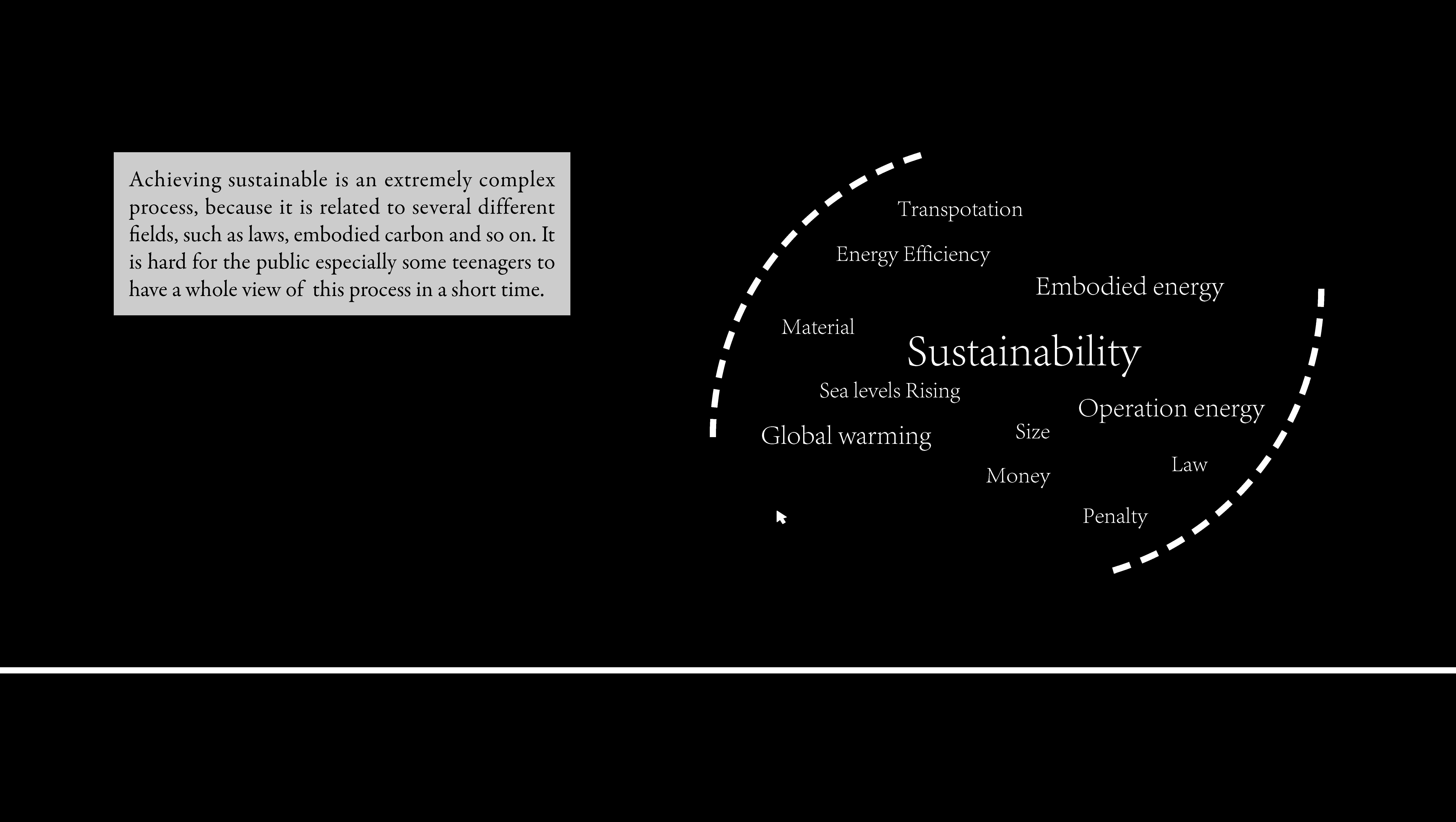
In order to make them have a macro and comprehensive understanding, I designed this game called green journey which simplify this process. Meanwhile, I hope they can also get fun while playing it.


